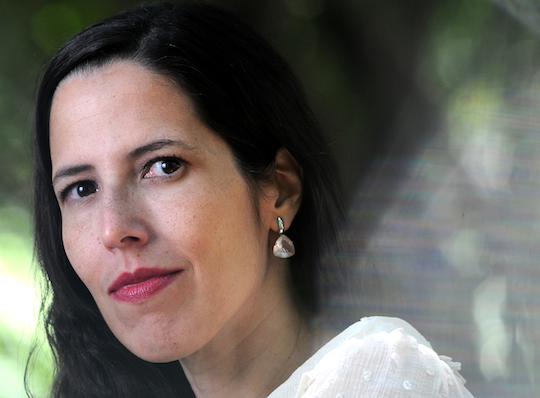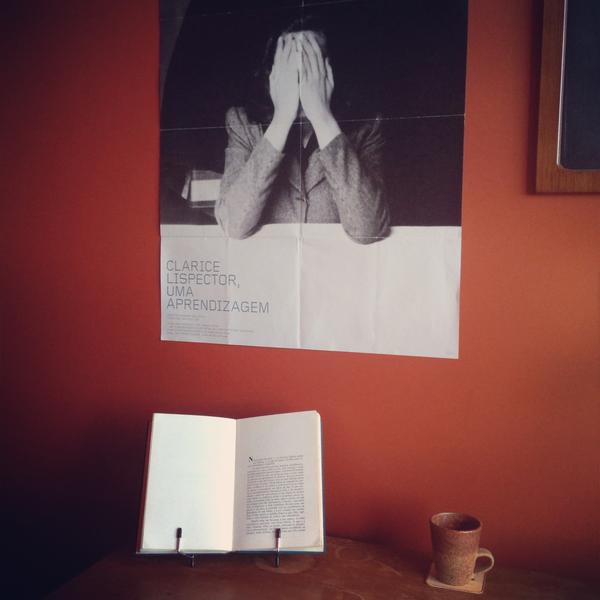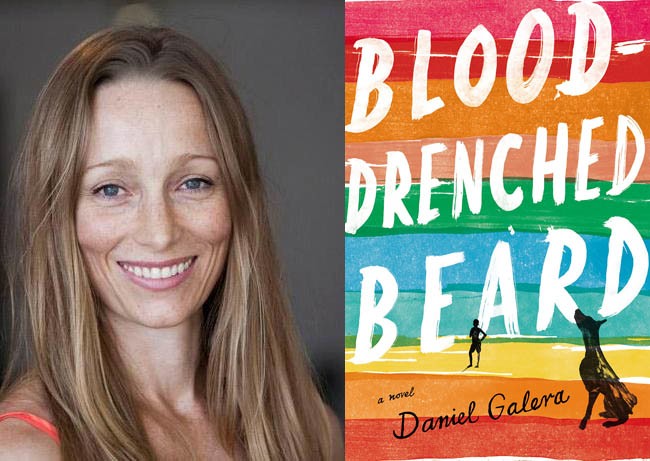Flip is a literary fiesta celebrating art and the written word in Brazil. The festival takes over the streets, squares and buildings of the colonial town of Paraty in Rio de Janeiro from July 26 to 30 every year, and calls itself a “feast.” Since its inception in 2003, Flip has garnered accolades in Brazil’s literary circles while also being controversial for favoring mainstream intelligentsia and largely leaving out minorities. The festival’s name stands for Festa Literária Internacional de Paraty (Paraty International Literary Festival).
The curator for the 2017 edition of Flip is journalist and academic Joselia Aguiar. Over the last twelve years, Aguiar’s work has focused on literature, the editorial market, and public policies for reading. She has served in the capacities of an editor, columnist, academic and workshop leader. Aguiar is also writing a biography of the Brazilian modernist writer Jorge Amado (1912—2001), focusing on the literary and political exchange between Amado and writers of Hispanic America.
Every year, Flip pays homage to a Brazilian literary figure. This year’s honoree, chosen by Aguiar, is Lima Barreto, the Afro-Brazilian writer and journalist, best known for his novella, The Sad End of Policarpo Quaresma. Aguiar spoke about curating the festival with journalist and poet Jeanne Callegari in an exclusive interview for Asymptote.
—Maíra Mendes Galvão, Asymptote Editor-at-Large, Brazil.





